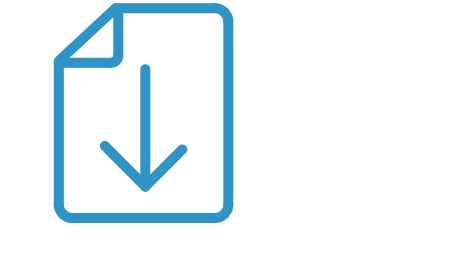Pharmacokinetic medicines interactions with probenecid
- November 29, 2022
Probenecid was introduced in the 1950’s to reduce the renal elimination and extend the plasma half-life of penicillins. This effect is exploited therapeutically in the treatment of cellulitis and other infections. It is also used for gout prophylaxis, in light of its uricosuric effects.
Probenecid is a competitive inhibitor of organic anion transporters in the kidney. Organic anion transporters (OATs) mediate the uptake of medicines from the plasma into the kidney. Probenecid inhibits these OATs, and hence will increase the concentration of any concomitantly administered medicines that are OAT substrates. Probenecid also inhibits glucuronidation, which increases concentrations of medicines that are metabolised this way. The table below highlights examples of interactions that can occur with probenecid:
Interacting medicine |
Interaction details * |
Management |
| Aciclovir, valaciclovir | OAT inhibition
33% decrease in clearance 50% increase in concentrations |
No change to usual management but consider dose reduction if high dose treatment is typically used for the indication e.g. HSV encephalitis |
| Allopurinol | OAT inhibition
Reduced reabsorption of oxypurinol (active metabolite) from urine Increased oxypurinol clearance 40% decrease in oxypurinol concentrations |
This combination is used therapeutically for gout due to the additive hypouricaemic effects |
| Aspirin (doses > 325 mg) | Decreased probenecid effectiveness for gout | Avoid regular anti-inflammatory doses of aspirin. Occasional doses appear to produce minimal interference |
| Baricitinib | OAT inhibition
69% decrease in clearance 3-fold increase in concentrations |
Consider 50% dose reduction of the interacting medicine, or consider stopping probenecid |
| Captopril, enalapril | Likely OAT inhibition
73% decrease in enalapril/enalaprilat clearance 50% increase in concentrations |
No change to usual management |
| Cephalosporins (cefalexin, cefazolin, cefuroxime, cefaclor, cefotaxime, ceftazidime) |
OAT inhibition
73% increase in concentrations of cefalexin |
Interaction exploited therapeutically |
| Ciprofloxacin, norfloxacin | OAT inhibition
60% decrease in clearance 74% increase in concentrations |
No change to usual management |
| Dapsone
|
Likely OAT inhibition
25-50% increase in plasma concentrations |
Consider 25-50% dose reduction of the interacting medicine |
| Fexofenadine | OAT inhibition
70% decrease in clearance 53% increase in concentrations |
No change to usual management |
| Ganciclovir, valganciclovir | OAT inhibition
20% decrease in clearance 50% increase in concentrations |
Consider 25-50% dose reduction of the interacting medicine
Monitor for signs and symptoms of toxicity Monitor plasma concentration of interacting medicine if possible |
| Lorazepam, nitrazepam | Glucuronidation inhibition
45% decrease in clearance 2-fold increase in half-life Increased concentrations of interacting medicine |
Consider 50% dose reduction of the interacting medicine |
| Loop diuretics (e.g. furosemide)
|
OAT inhibition
70% reduction in clearance Increased systemic concentrations, and decreased urine concentrations. |
Monitor for reduced efficacy and titrate furosemide to effect |
| Meropenem | OAT inhibition
Increased half-life 43-55% increase in concentrations |
Consider 25-50% dose reduction of the interacting medicine |
| Methotrexate | Likely OAT inhibition
Increased half-life 2-4-fold increase in plasma concentrations |
Consider 50-75% dose reduction of the interacting medicine |
| Mycophenolate | Mechanism unclear
Concentrations increase, magnitude unclear |
Consider increased monitoring of mycophenolate concentrations |
| Nitrofurantoin | Likely OAT inhibition
Likely 50% decrease in clearance Likely 2-fold increase in concentrations |
No change to usual management |
| Naproxen | Glucuronidation inhibition
Decrease in clearance 50% increase in naproxen concentrations |
Consider 50% dose reduction of the interacting medicine |
| Oseltamivir | OAT inhibition
50% decrease in clearance 2.5-fold increase in concentrations |
No change to usual management |
| Paracetamol | Possibly glucuronidation inhibition
50% decrease in clearance Increase in concentrations |
Consider 50% dose reduction of the interacting medicine |
| Penicillins (amoxicillin, flucloxacillin, piperacillin + tazobactam) |
OAT inhibition
50-70% decrease in clearance 4-fold increase in benzylpenicillin concentrations |
Interaction exploited therapeutically |
*concentrations refer the area under the concentration-time curve (AUC)

 Download PDF
Download PDF